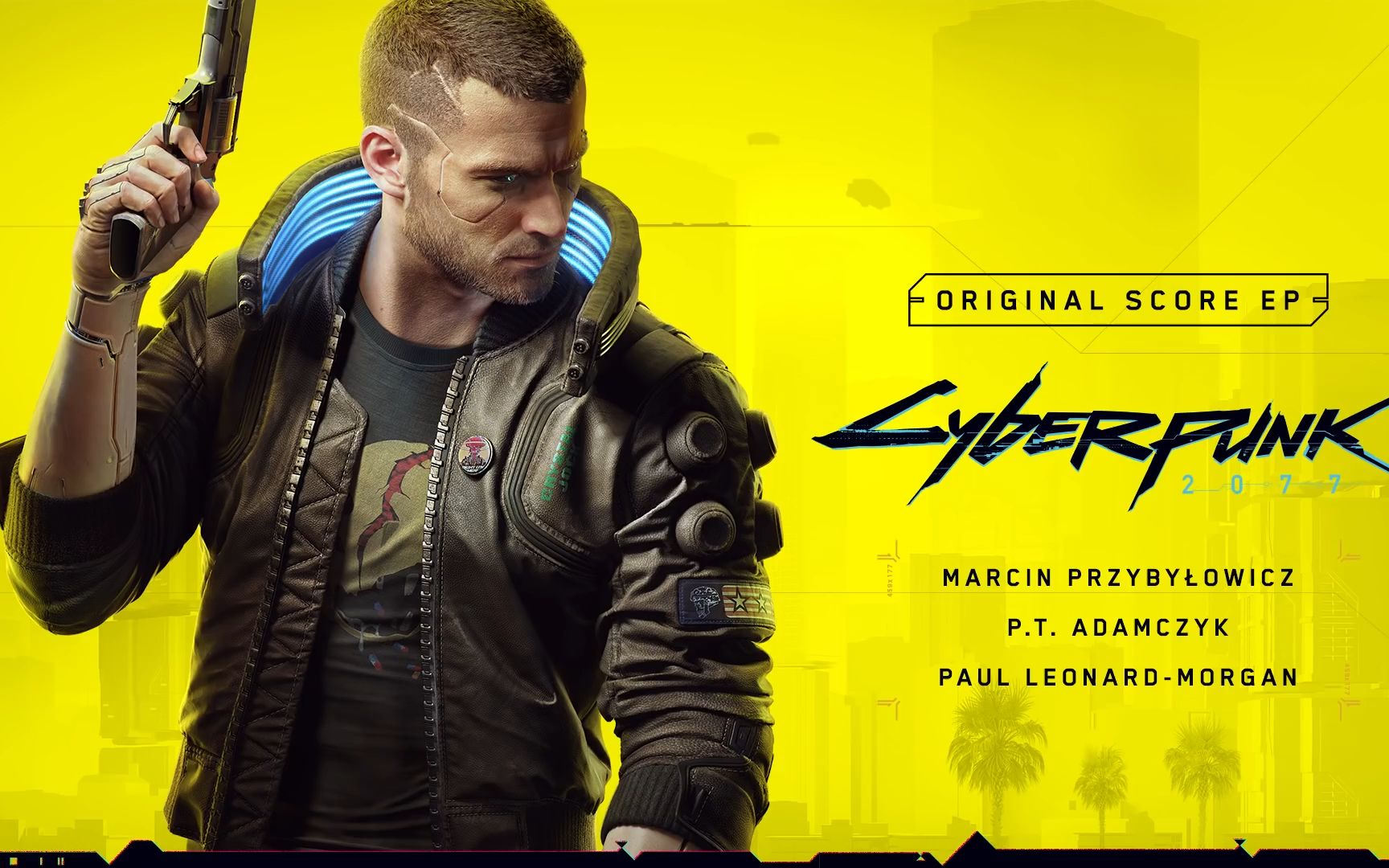Of all the hallowed halls in the gaming pantheon, few are as revered, and as rigidly defined, as that of Castlevania. For decades, its identity was inextricably linked to the 2D side-scrolling exploration of gothic castles, a formula perfected in the genre-defining Symphony of the Night. To reboot such a franchise was not merely a creative challenge; it was an act of near heresy. Yet, in 2010, MercurySteam and Kojima Productions did precisely that with Castlevania: Lords of Shadow. The game itself was a bold, divisive reimagining, but its true, and perhaps most universally acclaimed triumph, lies in its score. Composed by the Spanish virtuoso Óscar Araujo, the Lords of Shadow soundtrack is not just background music; it is the very soul of the reboot, a monumental work that successfully translates the essence of Castlevania into a new, epic orchestral language while standing as a masterpiece of video game music in its own right.
The most immediate and striking departure from the franchise's past is the sonic palette. Gone are the infectious, melodic hooks of the 8-bit and 16-bit eras, the rock-infused anthems of later titles, and the jazz-inflected weirdness that gave the series its unique charm. In their place, Araujo wields a full, live symphony orchestra and choir with the confidence and ambition of a Hollywood epic. This was a deliberate and crucial choice. The game’s narrative scale—a quest to save a dying world by defeating the titular Lords of Shadow—demanded a score of commensurate grandeur. The music had to convey the immense weight of Gabriel Belmont’s journey, the colossal scale of the landscapes, and the mythic proportions of his foes.
Araujo’s genius, however, lies in his ability to weave the DNA of Castlevania into this new, vast tapestry. He achieves this not through direct quotation of classic tunes—a temptation many lesser reboots succumb to—but through thematic and emotional resonance. The main theme, heard in its full glory in tracks like "The Warg" and "The End," is a perfect example. It is a sweeping, melancholic, yet powerfully heroic motif that carries the same tragic weight as the Belmont lineage itself. It feels both new and instantly familiar, a theme worthy of a new legend that still echoes in the same haunted corridors as its predecessors. In quieter, more atmospheric pieces like "The Dead Bog" or "The Hunting Path," Araujo employs subtle dissonance and ancient-sounding folk instruments, creating a sense of dread and antiquity that is utterly Castlevania, even without a single harpsichord arpeggio.

The score’s structure is operatic in its scope and narrative function. It is meticulously crafted to serve the story’s emotional beats. The ascent of the titan in "The Titan" is scored with such colossal, earth-shattering percussion and blaring brass that the player feels the sheer physical strain and awe of the moment. The tragic love story between Gabriel and Marie is underscored by heartbreakingly beautiful string and woodwind passages, such as in "Marie’s Fate," where a tender piano melody gives way to a devastating orchestral lament. This is not music that merely accompanies the action; it informs it, elevates it, and tells the story itself. The climactic battle against the final Lord of Shadow is a symphony of chaos and desperation, a ten-minute epic that is as exhausting and cathartic to listen to as it is to play.
Furthermore, Araujo demonstrates a masterful understanding of leitmotif. Characters and concepts are assigned their own musical identities that evolve throughout the journey. The main theme is most often associated with Gabriel’s resolve. The music for the Lords of Shadow—particularly Cornell and Carmilla—is distinctly their own, reflecting their twisted natures and domains. This technique, a staple of classical composition from Wagner to John Williams, provides a subconscious narrative cohesion, binding the sprawling adventure together with musical threads.
The technical execution is flawless. Recorded with the Bratislava Symphony Orchestra and the Lucnica Choir, the performance is passionate and powerful. The production captures every nuance, from the delicate pluck of a harp and the whisper of a choir to the thunderous impact of a full orchestral and percussive onslaught. The dynamic range is immense, allowing for moments of profound silence and intimacy to be shattered by explosive crescendos, mirroring the gameplay’s rhythm of exploration and combat.
In conclusion, the score for Castlevania: Lords of Shadow is a landmark achievement. It accomplished the seemingly impossible: it honored the gothic heart and tragic spirit of Castlevania while fearlessly reinventing its sound for a new generation and a new format. Óscar Araujo did not create a collection of catchy video game tunes; he composed a grand, narrative-driven symphony that exists as a complete and powerful work of art outside the game. It proved that a reboot could be both radically different and deeply respectful, not by mimicking the past, but by understanding its soul and expressing it in a new, magnificent voice. The score is the cornerstone upon which the entire reboot stands, and it remains one of the most ambitious, emotionally resonant, and brilliantly executed soundtracks in the history of the medium.
















